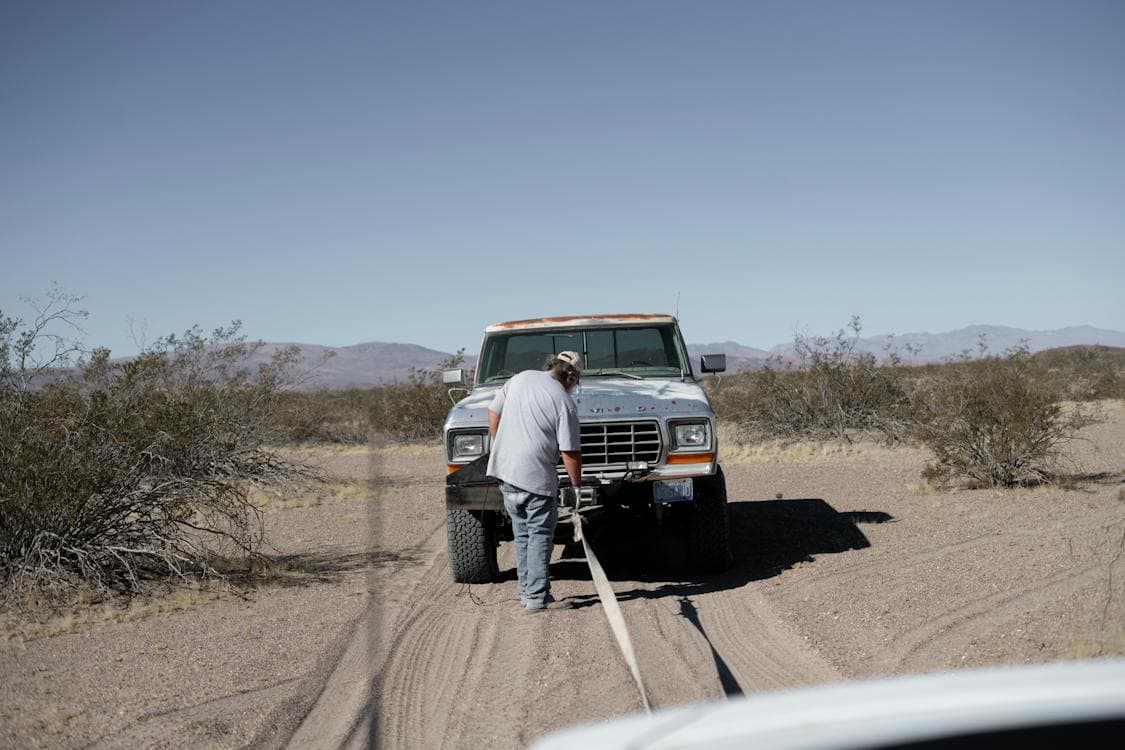Safely and Efficiently Towing Another Vehicle: A Comprehensive Guide
Towing another vehicle isn't a task to be taken lightly. Whether you're helping a friend with a broken-down car or moving a project vehicle, it's crucial to know the correct procedure to avoid causing damage or accidents. This guide will provide you with a detailed, step-by-step approach to safe and efficient towing.
Step 1: Gather the Necessary Equipment
Before you get started, make sure you have the following items:
- A towing rope or chain: Ensure it is strong enough to handle the weight of the vehicle being towed.
- A tow bar or dolly: If available, these can make the process much easier and safer.
- Safety chains: These are used as a backup in case the primary towing connection fails.
- Reflective safety vests and warning triangles: These are essential for your safety and to alert other road users.
Step 2: Prepare the Vehicles
Both the towing vehicle and the vehicle being towed need to be properly prepared:
- Check the towing capacity of your vehicle: The user manual should provide this information. Never exceed this limit as it can cause serious damage to your vehicle.
- Inspect the towing equipment: Make sure there are no weak points or damages on the rope, chain, or tow bar.
- Connect the vehicles: Attach the towing rope or chain to the towing points on both vehicles. If using a tow bar or dolly, follow the manufacturer’s instructions for secure attachment.
Step 3: Understand Towing Laws and Regulations
Laws and regulations about towing vehicles vary by location. It's essential to research and understand these laws in your area. Some jurisdictions require "Vehicle in Tow" signs, while others mandate specific types of towing equipment.
Step 4: Communicate and Proceed with Caution
Good communication between drivers is crucial:
- Agree on a route before starting.
- Use cell phones to communicate during the tow.
- The lead driver should signal well in advance before turning or stopping.
- The towed driver should try to keep the tow rope taut but not under heavy tension.
Step 5: Drive Safely
Some tips for driving while towing another vehicle:
- Drive slowly and avoid sudden stops.
- Avoid sharp turns.
- Regularly check in the mirror to ensure the towed vehicle is following correctly.
Remember, safety should always be your priority when towing another vehicle. Take your time, prepare correctly, and follow these steps to ensure you complete the task without any issues.
